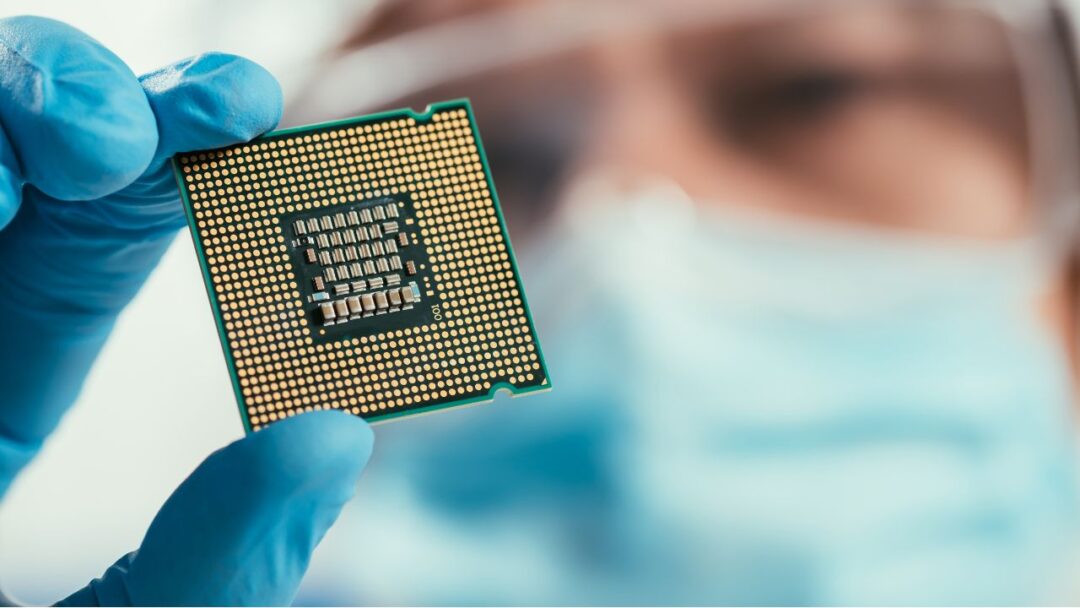Table of Contents

In the fast-paced realm of technology, silicon semiconductors stand as the unsung heroes, quietly powering the devices that have become integral to our daily lives. From smartphones to computers and beyond, the influence of silicon is ubiquitous. In this article, we will delve into the fascinating world of silicon semiconductors, exploring why silicon is a semiconductor and what makes it such a stellar candidate for this crucial role.
Silicon as a Semiconductor:
1. Why is Silicon a Semiconductor?
Silicon, a chemical element abundant in the Earth’s crust, possesses unique electronic properties that make it an ideal semiconductor. At the atomic level, silicon has four valence electrons in its outer shell. To achieve a stable electron configuration, silicon forms a crystal lattice structure by sharing electrons with four neighboring silicon atoms. This structure creates what is known as a covalent bond.
The covalent bonding in silicon results in a full outer electron shell for each atom, leaving no free electrons to conduct electricity. However, under certain conditions, silicon can become a semiconductor by introducing impurities into its crystal lattice through a process known as doping. Doping involves adding small amounts of specific elements, such as phosphorus or boron, which have either more or fewer valence electrons than silicon.
When phosphorus, which has five valence electrons, is introduced into silicon, it creates an excess of free electrons, turning the silicon into an N-type semiconductor. On the other hand, introducing boron, which has three valence electrons, creates “holes” in the crystal lattice, resulting in a P-type semiconductor. The interaction between N-type and P-type semiconductors forms the basis of various electronic components, such as diodes and transistors.
Unveiling the Wonders of Plasma Display Technology: Advantages and Disadvantages
Silicon as a Good Semiconductor:
2. Why is Silicon a Good Semiconductor?
Silicon’s suitability as a semiconductor arises from several advantageous characteristics:
- Abundance and Cost-Effectiveness: Silicon is the second most abundant element in the Earth’s crust, making it readily available and cost-effective for large-scale semiconductor production. This abundance has played a crucial role in the widespread adoption of silicon-based technologies.
- Stable Thermal Properties: Silicon exhibits excellent thermal stability, allowing it to function reliably across a broad temperature range. This characteristic is essential for electronic devices that may experience varying operating conditions.
- High Breakdown Voltage: Silicon can withstand high voltage levels without breaking down, making it robust and durable in electronic applications. This high breakdown voltage is critical for ensuring the longevity and reliability of semiconductor devices.
- Predictable Behavior: Silicon’s electronic properties are well understood and highly predictable, facilitating the design and manufacturing of precise semiconductor components. This predictability is crucial for creating advanced integrated circuits and microprocessors.
The Birth of the Semiconductor:
The inception of semiconductors dates back to the mid-20th century when researchers made groundbreaking discoveries that laid the foundation for modern electronics. The first practical semiconductor device was the point-contact transistor, which was developed by John Bardeen and Walter Brattain at Bell Laboratories in December 1947. This marked a pivotal moment in the history of electronics, paving the way for smaller, more efficient, and versatile electronic components.
Evolution to Modern Powerhouses:
Over the decades, semiconductor technology has advanced rapidly, leading to the development of increasingly powerful and sophisticated devices. One of the critical milestones in this journey was the invention of the integrated circuit (IC) by Jack Kilby at Texas Instruments in 1958 and independently by Robert Noyce at Fairchild Semiconductor in 1959. The integrated circuit revolutionized the industry by enabling the integration of multiple electronic components onto a single chip, setting the stage for the era of microelectronics.
Fast forward to the present day, and the semiconductor landscape is dominated by several key players producing highly advanced and powerful devices. It’s important to note that “powerful” in the context of semiconductors can refer to various attributes such as processing speed, energy efficiency, or overall computational capabilities.
In conclusion, the future of technology is intricately linked with silicon semiconductors. Their ability to function as reliable, cost-effective, and versatile electronic components has propelled the rapid advancements witnessed in various technological domains. As we continue to unveil the potential of silicon, the journey towards innovation and progress in the realm of electronics is bound to be both exciting and transformative.




